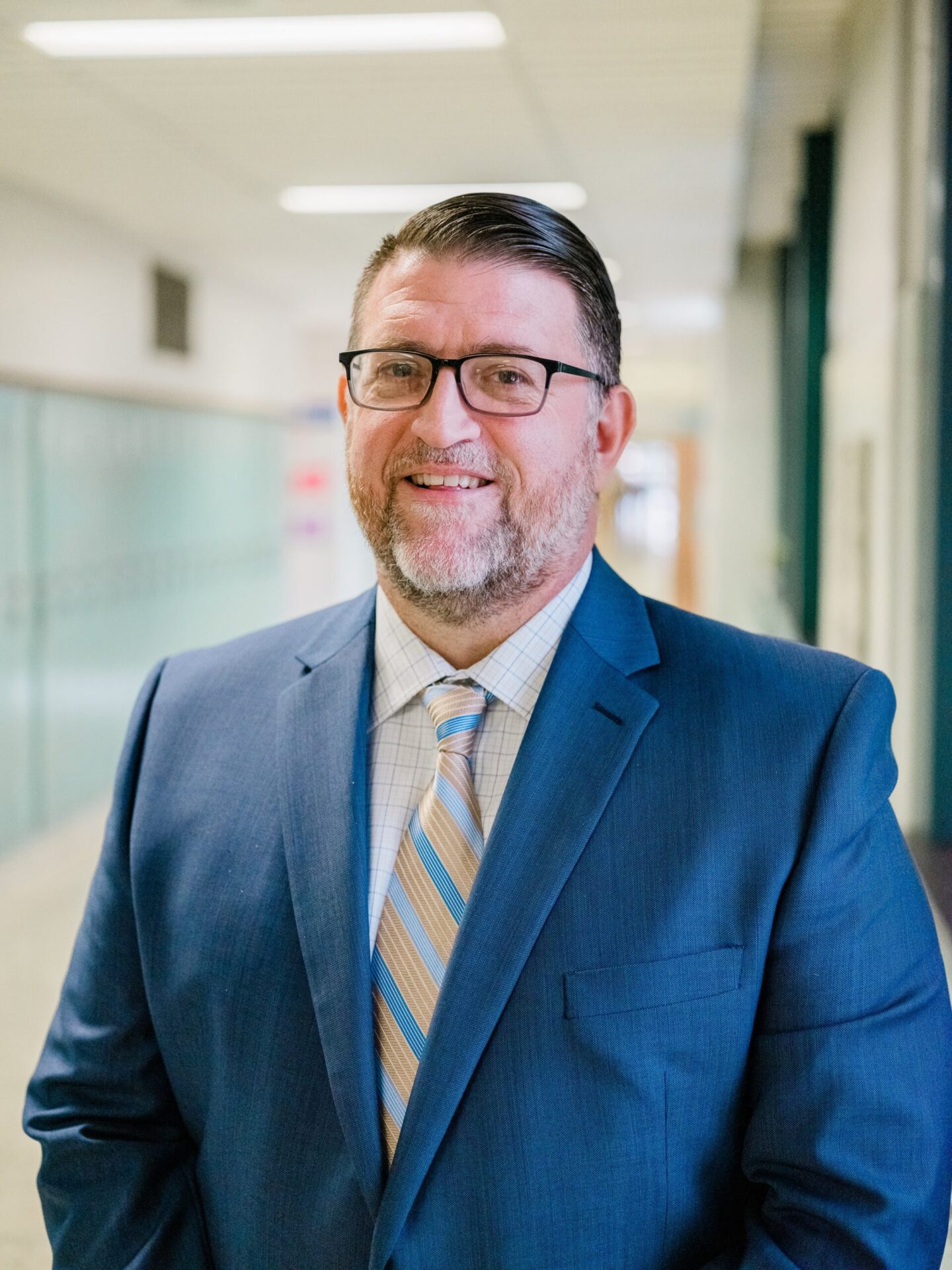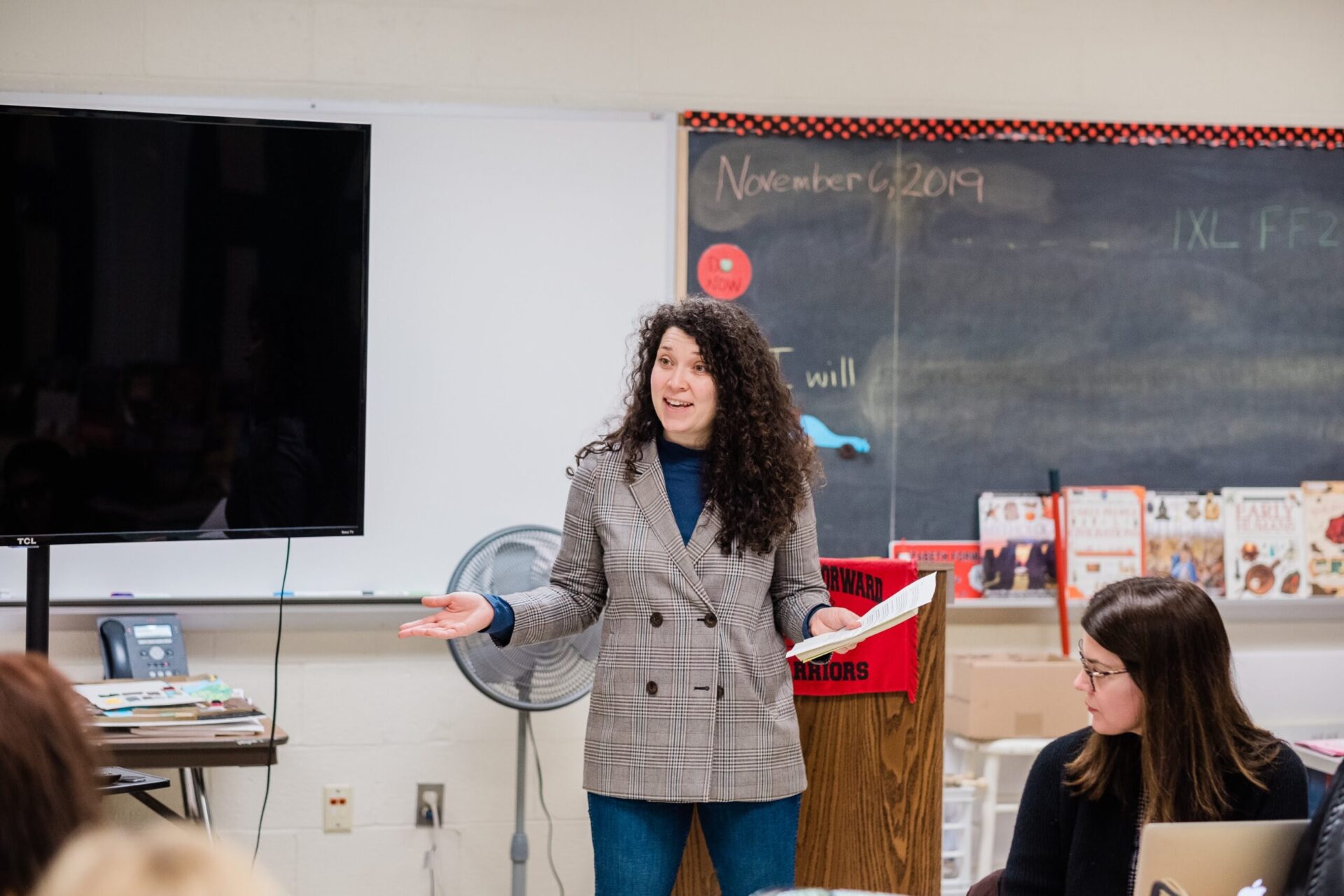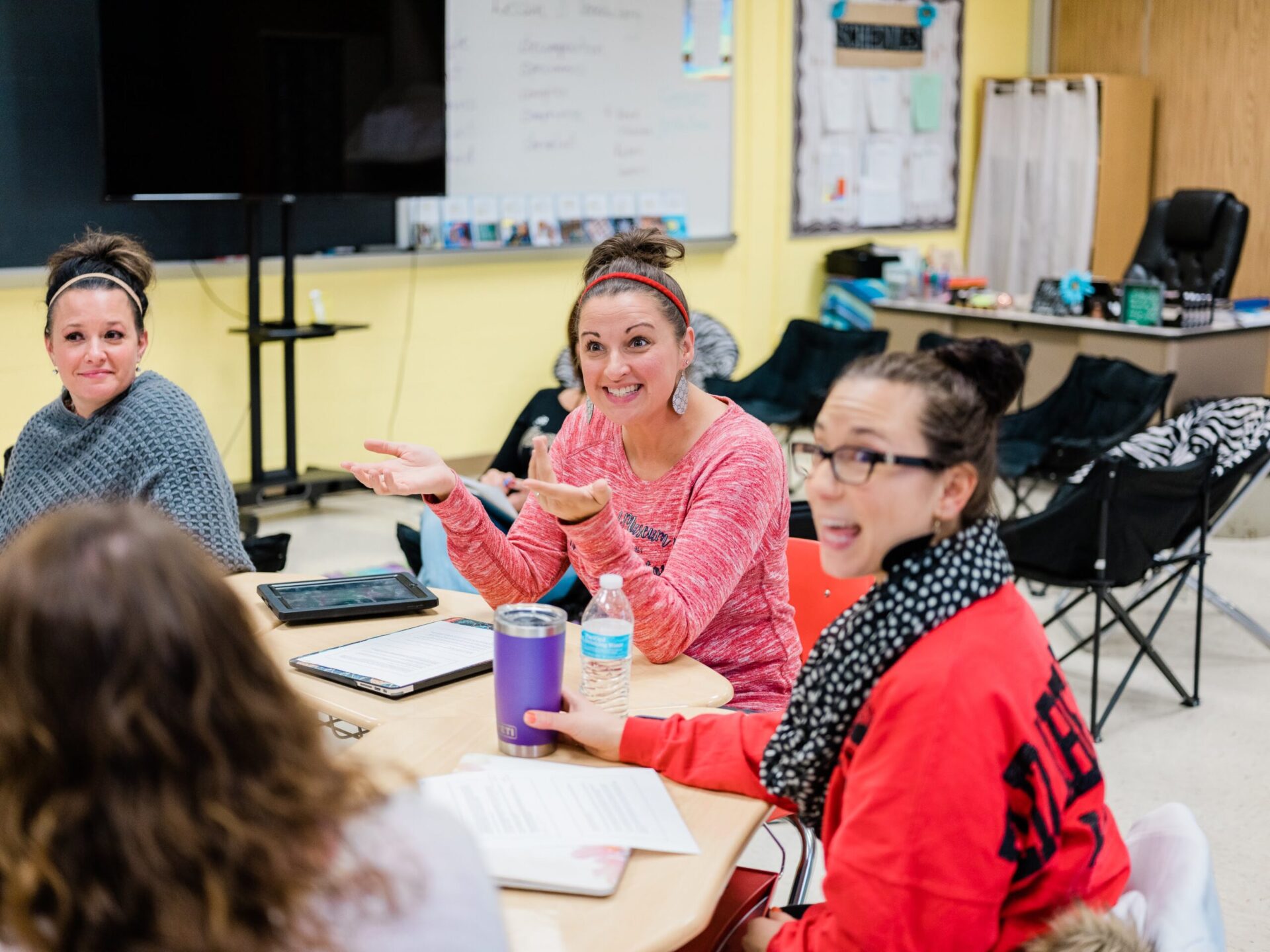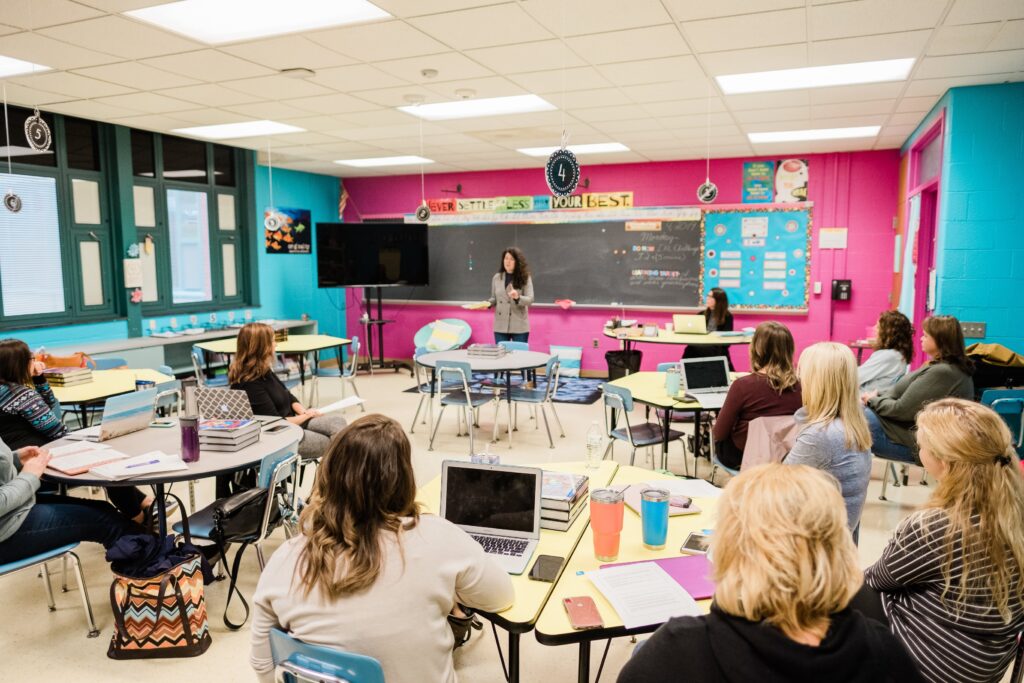It’s no surprise that a school district as technologically savvy as Elizabeth Forward School District would be involved in Personalized Learning Squared (PL²), a collaborative project piloted by the LearnLab at Carnegie Mellon University and the Center for Urban Education at the University of Pittsburgh. PL² aims to use artificial intelligence learning software to support personalized mentoring and tutoring with the goal of addressing the opportunity gap, especially in mathematics education.
From its Dream Factory Fab Lab to its Entertainment Technology Academy, Elizabeth Forward enjoys a reputation for incorporating cutting-edge technology into its teaching practices. PL² is a natural fit.
But assistant superintendent Keith Konyk sees PL² as an opportunity not to add “flash” to the district, but to increase equity across the district. “We are good at innovation,” says Konyk, “but we want to make sure that innovation is happening across the board. That’s the real challenge.”

On his first day on the job, Konyk says, he sat down with superintendent Dr. Todd Keruskin and looked at a range of metrics to identify teachers who were having success.
“What we found was, we produced more questions than answers,” Konyk says. “We realized that because we have a million other jobs, we couldn’t do this with any level of sophistication.”
While other participating PL² schools are using the power of artificial intelligence to personalize student-tutor interactions, Elizabeth Forward has taken a different tack. With help from the Simon Initiative at Carnegie Mellon University, the district is using insights drawn from qualitative and quantitative data to learn more about the most effective and engaging pedagogical strategies teachers are using in their classrooms.
PL² provides the opportunity to bring extraordinary sophistication to that same essential task, making attainable the goal of Konyk, Keruskin, and school administrators everywhere: to figure out what works and help it spread.
Drawing on NWEA MAP Growth data that the district collects three times a year, along with Pennsylvania System of School Assessment test scores, researchers discovered which teachers are having the most success with their students.
CMU learning scientist Dr. Maggie Hannan has performed observations in teachers’ classrooms and interviewed building leaders to understand the methods and strategies that teachers are using and the instructional environment that supports them
The project’s next step is to take Hannan’s analysis of observation and interview data, as well as student growth scores, and work with the district to identify and amplify the most effective practices for teaching with technology. Together, the researchers from CMU and the educators at Elizabeth Forward will co-design resources to spread practices within the district.

Once the teachers’ strategies have been distilled into relatable information, the next step will be to scale those strategies throughout the district. Konyk hopes to use the lessons derived from the PL² project as a key focus of the district’s professional development efforts over the next two years.
“That’s where a lot of schools struggle, is implementing things widely,” Konyk says.
In fact, that challenge is at the heart of the district’s goals for PL2, he says, “There are still places in our buildings where we need to provide support to ensure that every kid has the same access.”
The sophistication of CMU’s data-crunching capabilities has opened new opportunities to district leadership. Konyk cited the ability to incorporate demographic information into their picture of how students are performing. Breaking data down according to socioeconomic factors, or looking specifically at students in special-education programs, provides further insights on strategies that teachers district-wide might employ.
Examples like this serve as a welcome reminder that technology on its own is not the answer, but rather can be a potent tool when used thoughtfully and with imagination.
“That’s good news for us, because teachers want to hear how important their role is,” Konyk says. In contrast to earlier fads that suggested teachers and tutors might be replaced with computers and iPads, the data coming from PL² have reinforced how important the human component is for learning.
That observation is at the core of PL². At the project’s other partner schools—Propel Schools, Pittsburgh Public Schools, and Shaler Area School District—tutors use math software driven by artificial intelligence not to supplant, but to support their one-on-one work with students. Konyk hopes that by eventually adding Elizabeth Forward teachers’ lesson plans and strategies to PL²’s compendium of resources, they can support that work, helping an even larger population of students.

“We think this is as important as some of the things Elizabeth Forward has pioneered,” Konyk says. “Making sure we’ve got the best learning resources everywhere, in every classroom—that’s become our newest innovation.”
